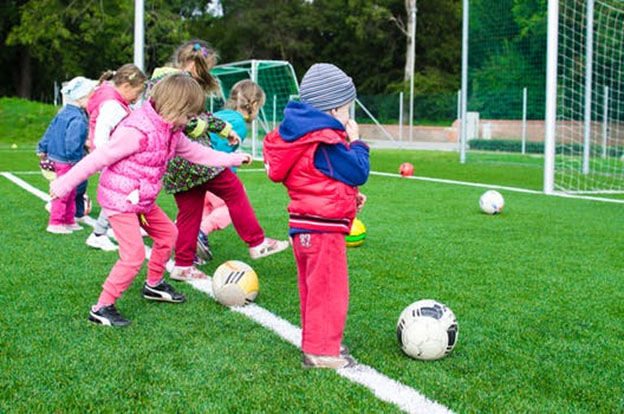Book Appointment
Fillup the form to make an appointment with the doctor
Conditions FRACTURES IN CHILDREN
Children are generally much more active and enthusiastic about exploring the world. They spend a significant amount of time outdoors and play many sports. This inherently makes them vulnerable to injuries, and fractures are commoner in kids. Any break in the continuity of the bone is a fracture. Some unique features in kid’s bones make it essential to examine them thoroughly. The skin of the bone is called periosteum and is like a “Banana Peel” thick, sturdy, and strong, while, in adults, it is thin like an apple peel with little structural integrity. So, fractures in kids might not show the displacement if there is just the break in the bone and not the skin of the bone.

Fractures are painful, and they will limit the ability of your child’s physical activity. There will be swelling, and generally, he/she will not be using that limb as commonly they are used to. An essential aspect of childhood fracture is guilt in the child and may make them hide the injury for fear of admonition.
The first thing and the most important thing to do if your child sustains an injury is to calm the child and not scold them for the situation. Parental anxiety will only amplify the child’s guilt, and they will suffer pain in silence.

Please use a splint-could be a scale, folded newspaper, and wrap the limb to it loosely. If possible, elevate the limb to 6-12 inches above the level of the heart to use gravity as a friend to drain out the fluid due to inflammation. Liberally use ice, but be careful not to apply ice directly on the skin as it can cause cold burns. Crush ice cubes in a plastic bag, wrap the limb in a towel, and use the container on the cloth. Keep it on for 20-25 minutes and give an equal duration of break. This will help reduce pain, swelling and provides comfort to the child. It is safe to give paracetamol at the dose of (10-15mg/kg) for pain control.
Some fractures might need to be reduced under anesthesia, so it is important for parents not give water, juices, or even food to the child to prevent her from getting appropriate treatment at the earliest.
Doctors will perform a detailed clinical examination and, more often than not, will order X-ray imaging to look at the nature of the injury. Based on the fracture pattern, the treatment might range from simple immobilization in a splint to needing urgent surgery.
Nature has provided tremendous healing potential to kids. The dictum is, younger the child quicker a fracture heals. Most fractures in children heal in 4-6 weeks.
This is probably the most important question which a parent needs to know. Caring for a child with plaster can be quite challenging. Most plaster material (POP, Synthetic Fiberglass) are designed to set in a few minutes and have to be carefully taken off by a care provider. Water should not enter a plaster, and one has to ensure that during bathing, toileting the plaster is adequately covered with either commercially available cast protection bags or even regular trash bags tightly sealed.
Plasters generally tend to get itchy by sweating and general skin irritation. One has to ensure that the child does not stick a scale, sharp object down the cast to scratch as it can lead to severe skin damage and infections. The solution to this problem is to set the regular hair dryer to warm and blow air into the skin plaster junction from both ends; this will give some relief from itching.
If your child cries excessively even after adequate medication if you notice excessive swelling in the fingers, bluish discoloration, and inability to move, her fingers are all indication that they need to be rushed immediately to the hospital and taken care of. The plaster might need to be removed altogether.
Some fractures are specific to childhood and are due to the nature of bone, weakness of certain areas in the bone, and mechanism of falls in children.
In the 1st two decades of life, children tend to have fractures in the distal forearm, almost accounting for 25% of all pediatric fractures. This is primarily because kids tend to break fall by bracing on the outstretched hand during sporting events and also the weakness of bones in the forearm. The collar bone (10%), hand injuries (10-15%), and elbow (5%) are other regions where fractures are noticed in children.